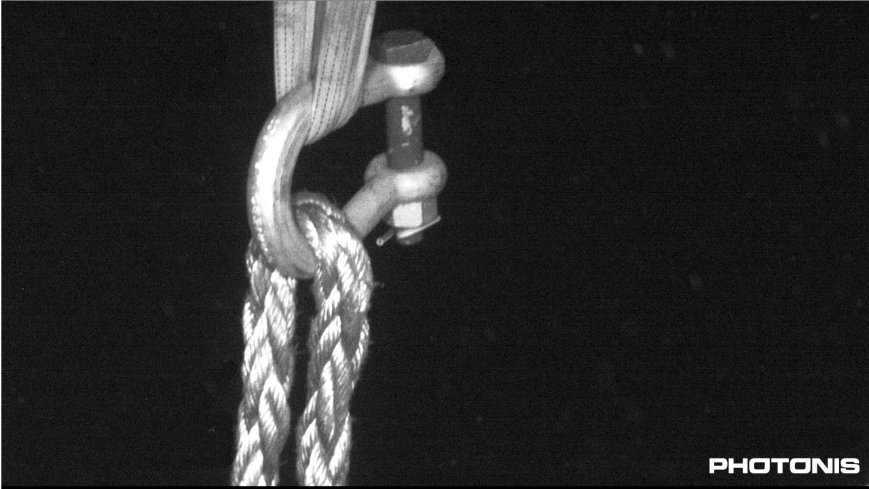Power and Microwave
Hybrid power amplifiers, traveling wave tubes & power tubes
Read MoreDigital Vision
Custom image tubes, infrared cameras & specialized camera night vision cores
Read MoreNight Vision
Night vision goggles & image intensifier tubes
Read MoreAdvanced Development
Imagining capabilities with novel technologies & cutting edge R&D
Read MorePD-PRO-Q Panoramic Night Vision Goggle
PD-PRO-Q is the most compact and lightest panoramic
goggle on the market today designed for Tier 1 teams.
The expanded
field-of-view (FOV) combined with our HypersenseTM 4G tube
technology also expands the detection range, allowing the
operator to see laser illuminators not visible to standard
military issue night vision goggles without the need for
additional digital or thermal clip-on devices.

Spectral sensitivity: Below 400nm to above 1,000 nm

Weight: < 28 oz. (< 800 grams)

Horizontal field of view: 104°


The next evolution in night vision
MEET THE PD-PRO SERIES
Versatile Imaging Solutions
Innovative digitial imaging technologies that support a variety of applications from security and surveillance to research.
DIGITAL VISION
Powerful SWaP Optimized MPMs
Microwave Power Modules that are smaller, lighter and consume less power while still providing the best performance possible in electronic warfare applications.
POWER AND MICROWAVE
News & Information
Title search: ✖
Solution for Sustainable AquacultureNovember 24, 2020 / News Photonis’ underwater solution for sustainable aquacultureThe human population is continuously growing, therefore the demand for food, including seafood has increased as well. To prevent all oceans from being over-fished and to prevent sea life from being damaged, companies have been exploring other ways of obtaining seafood for many years. New solutions are increasingly technology-driven and have made it possible to grow food in coastal marine waters and in the open ocean which is referred to as aquaculture. Aquaculture is the controlled process of cultivating aquatic organisms, especially for human consumption. Another name for aquaculture is fish farming, a similar concept to agriculture but with aquatic animals or plants including fish, crustaceans, and mollusks. Aquaculture can take place all over the world, and it does: in coastal ocean waters, freshwater ponds and rivers, and even on land in tanks. Challenges within aquacultureOne of the biggest challenges within aquaculture is the daily visual inspection of the fish and the net. Frequent monitoring is necessary to control the quality as well as the biodiversity around fish farms. These farms are often based in locations with a weak current, where fish live close together and because of that, the risk of parasites, bacterial growth, and diseases is high. These risks could affect not only the fish in the farm itself but also the fish that live there naturally. On top of that, a hole in the net often occurs which may cause the loss of production. For these reasons, it is necessary that aquaculture farms have systems that provide close monitoring. Low light imaging for safe and healthy fish farmsThe concept of low light imaging offers a perfect solution for managers and fish farm owners to ensure safe, healthy, and sustainable fish farms. The majority of fish farms are located underwater and in low light conditions because of their distance from the coast. In these conditions, conventional cameras cannot capture clear images to provide owners and managers with actionable analytical data. Additional lighting can be used during inspection but the use needs to be very limited so it does not disturb the fish or provide snowy images due to lighted floating particles. Low-light sensitive digital cameras can be used to check the health of the fish, the nets, monitor feeding, and in combination with a robot even enable cleaning of the nets without the need for additional lighting. Photonis’ Nocturn provides the best aquaculture imagesPhotonis’ low-light Nocturn is a sensitive and compact camera core that fits for feed response, behavioral monitoring of fish, and net inspection. The ruggedized camera core performs extremely well in passive operation within low-light conditions. Thus eliminating the need for additional lighting under the water. The small, compact and light-weighted characteristics makes this camera core versatile allowing it to be integrated into a camera housing for immersion in seawater. In addition, the CMOS based sensor technology allows high-speed capturing of up to 100 fps at the full frame mode making it suitable to detect the fast movement of the fish. Customised camera coresThe Photonis R&D team offers the capability to customise camera cores to the most stringent requirements. Discover more insights in industrial automation environments with Photonis’ camera cores or make an appointment with the team through the website.
A clear image of rope taken at 70m depth under water
A low-light condition image of a knife on fishnet at 20m under water, taken without any additional lighting |




